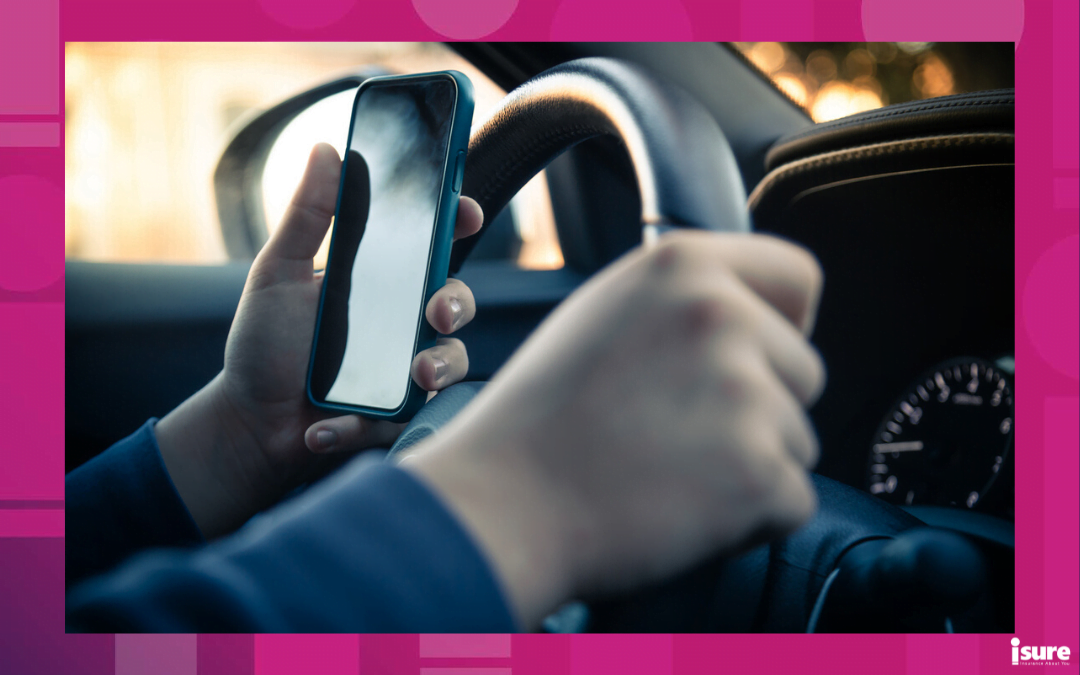On October 17, 2018, the way people use and distribute marijuana in Canada changed drastically. On this date, Canada passed Bill C-45, which allowed residents to legally use recreational marijuana. Nearly five years in, many things have changed with the way marijuana is used, grown and distributed. Though many are unaware that when this bill passed, it affected more than just users of marijuana. One particular aspect that has been affected is your insurance. Luckily, isure has everything you need to know about marijuana and how it affects your insurance.
Marijuana and home insurance
The legalization of recreational marijuana has affected home insurance in interesting ways. Even though cannabis was legalized roughly 4 years ago, not a whole lot has changed since then. When cannabis became legalized, you also became allowed to grow up to four cannabis plants per household. If you are someone who does or plans on growing marijuana in their home, they should inform there insurance provider. This way, you can avoid any unexpected surprises if something were to occur. On top of this, failing to let your provider know of any significant renovations could result in a denied claim. With that being said, most standard home insurance policies will usually include four or less legal marijuana plants on your property.
If your home insurance company considers you a non-smoker, they could sometimes supply you with a discount on your premiums. However, this will not be the case if you recreationally consume cannabis. This can be confusing as many people believe the rule revolves around cigarettes and tobacco.
Marijuana and car insurance
Car Insurance is a part of insurance that was greatly impacted by the legalization of marijuana. Similar to alcohol or other drugs, driving under the influence is illegal and can pose some serious consequences. A Statistics Canada survey conducted the year marijuana was legalized showed 14% of users admitted to getting behind the wheel while high. On top of this, the percentage of Canadian drivers killed in car crashes who test positive for drugs now exceeds those who test positive for alcohol. According to the federal drug-impaired driving laws, the penalties for driving high can be over $1,000 in fines as well as possible jail time. You can also lose your license for a year as well as face jail time if you are a repeat offender.
On the insurance side of things, you could also be in a lot of trouble if caught driving high. Generally, an impaired-driving conviction will result in your company dropping you. If you want to continue driving, you would need to switch to a high-risk policy. This will result in a drastic increase in price for your monthly premiums. If you want to know more about drug-related driving laws, check out our article here!
Travel insurance
Though travel insurance isn’t impacted greatly, there are some things you should keep in mind. If you plan on leaving the country, it should be noted that you are unable to bring Cannabis across the border. This is a law under Canada’s Cannabis Act. Unfortunately, even cannabis used for medical purposes is illegal to bring across the Canada/US border. In some US States or even countries like the Netherlands, cannabis is legalized or decriminalized. Even though that is the case, you should never bring it with you when entering.
Something to keep in mind is that cannabis-related accidents or illnesses will affect your emergency medical coverage while you travel. This is the case even if you are remaining in Canada.
Remember, whether you are a cannabis user or not, switching to isure could save you tons of money. We take pride in having some of the cheapest premiums in the province as well as some of the best customer service around. Request a quote today!




